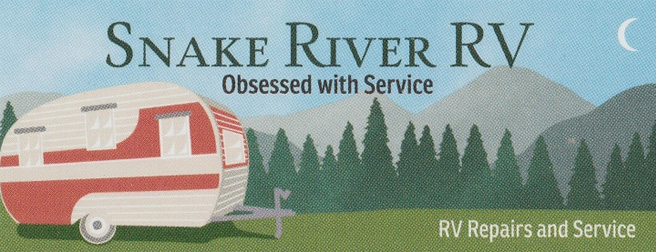Follow Us x
Winterize...Anti-Freeze or Blowing Out?
Some folks prefer to blow out their water lines with compressed air. Mostly, that's an effective method but, there are a couple potential drawbacks...
•Risk...done improperly, by leaving lines closed or selecting improper air pressure, you can do substantial damage to your RV plumbing system with compressed air.
•In a long run of a water line, blowing out the line still leaves moisture in the line which can run back down to a low spot and accumulate enough moisture to freeze and burst the line. This is rare and is related to specific RV units having long water line runs and low spots.
•Some materials used in your plumbing system, like rubber seals, gaskets, etc., need moisture to retain flexibility and maintain the seal. Left dry, these parts can deteriorate and begin to leak.
•Some plumbing fixtures, such as P-Traps, cannot be blown out - or are at lease very difficult to blow out.
RV Anti-Freeze
•First, RV Anti-Freeze is not the same as automotive Anti-Freeze. RV Anti-Freeze is propylene glycol. This compound is not only safe to drink (No, it doesn't taste particularly good) but is actually used as a food additive in many food products such as Ice Cream and soda. So, it's perfectly safe.
•Using adapters, we bypass your hot water tank and use your water pump to flush out all water replacing it with Anti-Freeze. It usually takes less than a gallon and it protects your RV plumbing down to minus 50.
•In the spring, just reverse the hot water tank bypass and run enough water to flush out all remaining Anti-Freeze.
Using Propane on the Road
Many RV'rs fear using propane while on the road and think you have to turn off your propane tank while driving. Generally, this fear is unfounded. For most trailers, the plumbing system is contained mainly inside the heated space. Most Motor Homes have a space under the floor of the heated space called the "Wet Bay". All Plumbing is contained in the Wet Bay and the furnace discharges heated air into the Wet Bay to keep your plumbing from freezing. Either way, you have to run your furnace to heat the unit and prevent freezing your plumbing while driving in freezing weather. So, your RV manufacturer, not wanting your pipes to freeze, designed your unit to allow the furnace to operate while driving.
As to the fear of an open flame being in proximity to a fuel pump when you are refilling your fuel consider the following...
•For towed vehicles, if you pull up to the first pump, your RV furnace is a distance away from the pump. For Motor Homes, most are designed with the fuel filler tube on the opposite side from the furnace/water heater.
•Additionally, most RV's no longer use pilot lights for propane ignition but instead use electronic strikers.

